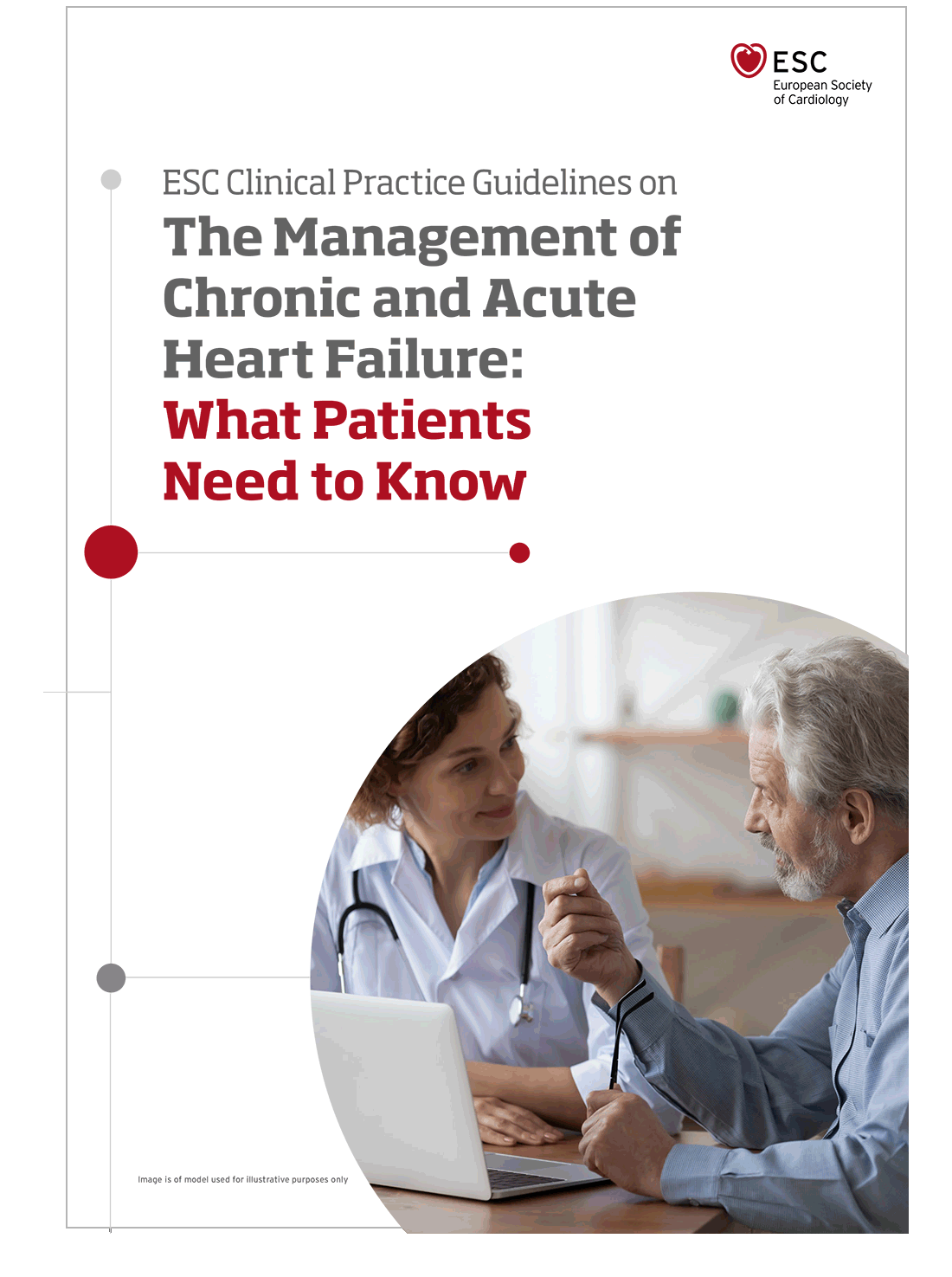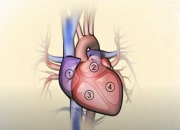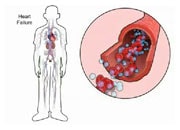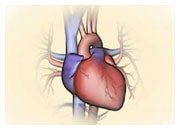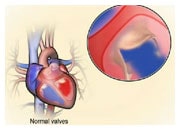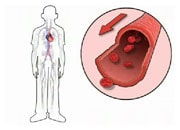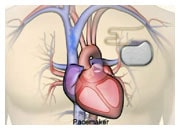SGLT2 (Sodium Glucose Cotransporter 2) inhibitors
Soluble Guanylate Cyclase (also termed guanylyl cyclase) stimulators (sGCS) and activators may reduce oxidative stress by increasing levels of nitric oxide in the heart and blood vessels. These drugs are novel in the area of heart failure treatment and not yet as widely implemented as other drugs. One such sGCS agent, vericiguat, when added to standard medications, may help to prevent hospitalisation in patients with severe heart failure. Another sGCS agent is riociguat: it is approved for the treatment of specific condition called pulmonary hypertension, i.e. raised pressure in the lungs that damages the blood vessels.
Recent studies have also shown these drugs can decrease the risk of cardiac death and serious events and are safe for patients who currently suffer from heart failure even if they do not have diabetes.
Sodium glucose co-transporter 2 (SGLT2) inhibitors are a class of drugs that have been used for the treatment of patients with type 2 diabetes mellitus. Recent studies showed that these drugs prolong life and reduce hospitalisations in patients with heart failure, and also protect kidney function. These beneficial effects were apparent in patients with or without diabetes mellitus.
What they do: In patients with heart failure, the effects of SGLT2 inhibitors within the body are complex and include an improvement of cardiac and muscular metabolism, an improvement of kidney function as well as the benefits of the mild diuretic effect, all which can reduce the symptoms of congestion in heart failure – regardless of the presence of diabetes mellitus.
In patients with diabetes mellitus SGLT2 inhibitors block the reabsorption of the blood sugar (glucose) in the kidney. Accordingly, more glucose is eliminated from the body and urination is mildly increased. As a result, SGLT2 inhibitors lower blood glucose levels. Patients generally lose some weight, while blood pressure might be lowered to a mild degree.
What are the expected benefits? In patients with heart failure, SGLT2 inhibitors have been shown to reduce heart failure-related hospitalisations, prolong life, prevent kidney problems, and improve exercise tolerance and quality of life. SGLT2 inhibitors reduce blood glucose in patients with diabetes mellitus but not in patients without type 2 diabetes mellitus.
Side effects: SGLT2 inhibitors are generally well tolerated in patients with heart failure and have the same occurrence of side effects as placebo. In patients with type 2 diabetes mellitus the most frequent side effects are fungus infections of the urogenital tract and organs, mostly requiring topical (cream) treatment for several days. More rare side-effects include dizziness if the blood pressure drops, and a decline in kidney function. Usually, adjustment of other oral glucose lowering drugs or diuretics is not necessary, but sometimes this is useful. Diabetic persons taking SGLT2 inhibitors should be careful during periods of severe illness, dehydration, or if they stop their insulin, as this has been linked to diabetic ketoacidosis, with high levels of glucose, which is a serious medical condition requiring prompt medical treatment.
Top tips: SGLT2 inhibitors can be safely started or stopped with gradual increase or decrease of the dose. Usually, the starting dose is also the maximum dose.
Also known as:
- Canagliflozin
(Invokana®) - Dapagliflozin
(Forxiga®) - Empagliflozin
(Jardiance®).

